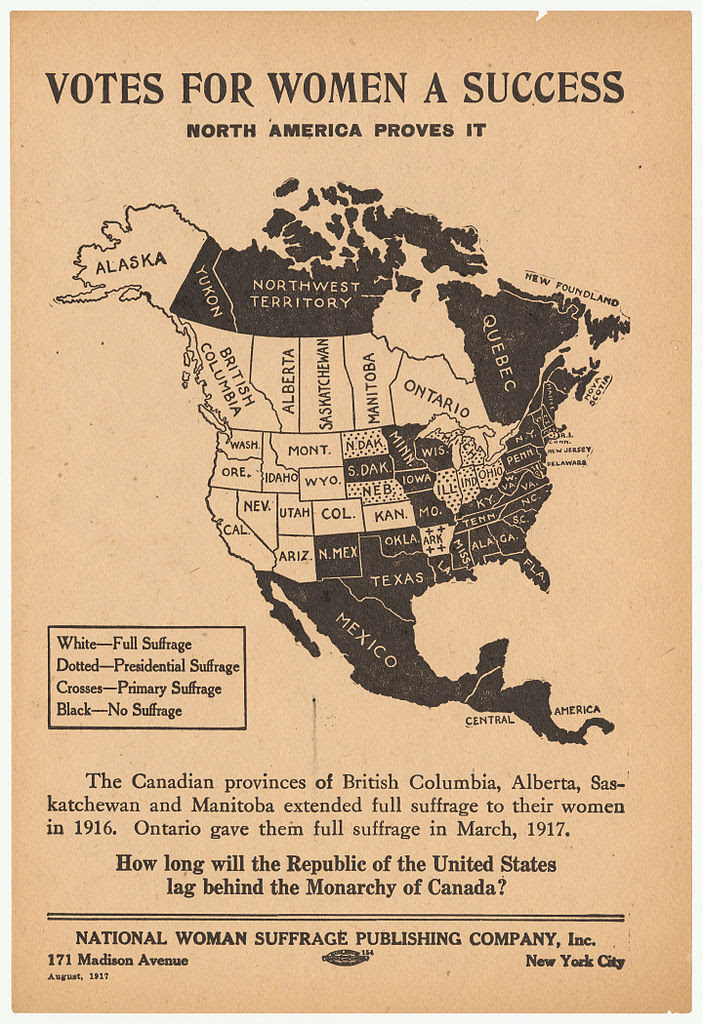
19 Apr Ancestry- Newsletter- April 19, 2025
Contents
- 1 ANCESTRY- WILLIAM COOPER, DANIEL BOONE, AND SIR ALEX
- 2 ANCESTRY- BOOMERS VS. SOONERS
- 3 ANCESTRY- BOYS WILL BE BOYS
- 4 ANCESTRY- AMERICANS ARE ONLY 1200 MILES FROM BEING ABLE TO VISIT THE EUROPEAN UNION
- 5 ANCESTRY- MORE ON J. ADDISON SMITH
- 6 ANCESTRY- MADAME SELIKA
- 7 ANCESTRY- PRESERVE YOUR FAMILY HISTORY, TODAY
 ANCESTRY- WILLIAM COOPER, DANIEL BOONE, AND SIR ALEX
ANCESTRY- WILLIAM COOPER, DANIEL BOONE, AND SIR ALEX
Years ago, while researching one of our clients’ ancestors, I came across his sixth great-grandfather, William Cooper. I reported on that in 2021. Included below are some recently discovered excerpts documented by a Scotsman.
William was an Indian Trader who lived amongst the Choctaw, Chickasaw, Creek, and Cherokee.
In May 1769, Daniel Boone and General James Robertson (pictured bottom left) first set out for Kentucky from Hillsborough, NC, with William Cooper (Cool) as his guide, when the firm of Cohen & Isaacs hired him to survey lands that eventually formed Kentucky and Tennessee. In 1775, William accompanied Daniel Boone to Kentucky from Rowan County, NC.
The Spanish Records in the General Archive of the Indies in Seville referred to Cooper as “a colored man of Portuguese extraction…working on a fort on the upper Tombigbee River.” Colored designates a mulatto which during colonial times legally meant anyone born of an Indian mother, not necessarily African ancestry.
Richard Henderson (pictured bottom right) employed William to assist Boone and others in clearing the Wilderness Road.
Sir Alexander Cuming, 2nd Baronet (1691–1775) was a Scottish adventurer to North America who returned to Britain with a delegation of Cherokee chiefs. He kept a journal describing his travels among the Cherokees. In it, he identified “mother towns” that governed the different settlements. Each mother town had an established town council house, which was the forum for headmen to communicate with their people and for the entire community to interact with each other.
Cuming’s trip to Great Tellico (see Great Tellico, as shown on John Mitchell’s 1755 map of North America) in the Cherokee Nation in 1728.
March 27, the party left Joree, passed through Tamauchly, and thence to Tassetchee, [a Valley Town], being 40 miles.
On the 28th of March, Cuming was within 3 miles of Beaverdams, where he spent the night; Ludovick Grant and his guide, William Cooper, being with him.
March 29, … on the top of the high Ooneekaway mountain, … to Telliquo is a descent of about 12 miles. They reached Telliquo in the afternoon; saw the petrifying cave; a great many enemy scalps brought in and put upon poles at the warrior’s doors; made a friend of the great Moytoy, and Jacob the conjuror. Moytoy told Sir Alexander that it was talked among the several towns last year that they intended to make him emperor over the whole, but now it must be whatever Sir Alexander pleased.
March 30, leaving William Cooper at Great Telliquo, to take care of his lame horse, Sir Alexander brought with him only Ludovick Grant to go to Great Tannassy, a town pleasantly situated on a branch of the Mississippi, 16 miles from Great Talliquo. …Here Sir Alexander met with Mr. Wiggan, the complete linguist; saw fifteen enemies’ scalps brought in by the Tannassy warriors; made a friend of the king of Tannassy, and made him do homage to George II on his knee.
The same night returned to Great Telliquo; was particularly distinguished by Moytoy in the Councilhouse; the Indians singing and dancing about him and stroked his head and body over with eagles’ tails. After this, Moytoy and Jacob, the conjuror, decided to present Sir Alexander with the crown of Tannassy. Ancestry.
From Telliquo he proceeded on March 31, with Moytoy, Jacob the conjuror, the bearer of eagles’ tails, and a throng of other Indians, and lay in the woods at night between 20 and 30 miles distant.
April 1, they reached Tassetehee, above 30 miles from their last encampment.
On the 3rd of April, Sir Alexander was at Telliquo with his company, which consisted of Eleazar Wiggan, Ludovick Grant, Samuel Brown, William Cooper, Agnus Macpherson, Martin Kane, David Dowie, George Hunter, George Chicken, Lacklain Mackbain, Francis Baver, and Joseph Cooper, all British subjects. At this time and place, Moytoy was chosen emperor over the whole Cherokee nation, and unlimited power was conferred upon him.
According to DNA sampling, this line of Coopers was Portuguese and Jewish. The Portuguese were merchants, Marranos, who became British Citizens during the Glorious Revolution of William and Mary, immediately following Jews’ re-admittance into Britain. This is not an uncommon feature of Cherokee genealogies.
Our client showed 4% Portuguese heritage in his DNA testing, confirming the findings above, since he had no other ancestors with Iberian heritage.


 ANCESTRY- BOOMERS VS. SOONERS
ANCESTRY- BOOMERS VS. SOONERS
When I delivered the eulogy for my grandfather Virgil Adams (pictured), I brought a historical perspective to the story, speaking to his grandfather and father’s migrations to the Midwest and eventually Oklahoma, to explain Virgil’s wanderings.
At the time, we were still living in Southern California, not knowing that someday we would move next door to Oklahoma, where Boomer Sooner meant more than a slogan for football games.
I referred to his Grandfather, Luther Van Vliet (pictured with his daughters, Florence and Susie), as a Sooner, thinking it was a desired descriptive term. My mom told me my Uncle Clifford was upset that I referred to his grandfather as a Sooner when he was a Boomer.
Sooners snuck in sooner, against the law, so it was initially a disparaging term.
Our Boomer ancestry story tells us Luther walked from Kansas to Oklahoma to participate in the Oklahoma run. He bummed a ride with a guy who had a horse. They met up and threw in with a guy with a wagon and a horse, but they needed another horse to pull the wagon. Near Sketee, Oklahoma, they hit a dry gully, and the carriage broke apart. The two men went on with their horses. Luther had no transportation, so he staked his claim near Sketee (Kingfisher area) and built a sodhouse. He then went back to get his family. Later on, they moved to Broken Arrow, OK. Ancestry.
Luther was an experienced carpenter. On September 8, 1910, he was helping to build his son-in-law Jim Adams’ house near Inola, OK. According to his family history, he was working on the roof. He asked a hired man to “throw a nail down on that board.” This was a carpenter’s expression meaning to put a nail in two opposing corners to stand on while nailing other boards.
The hired man, unfortunately, took him literally and put one nail in one corner. When Luther stepped on it, the board twisted, he lost his balance, slid off the roof, and fell and hit his head on the cellar stairs and died. The local newspaper gave the story a slightly different angle, saying that a scaffold holding two men gave way.
Luther’s head struck a rock or other hard surface, and his skull was crushed, and he was killed instantly. The other man, a Mr. T.D. Butts, a handyman who had been working for Jim Adams for a while, was unconscious for several hours and was seriously bruised. The death certificate did not list a cause of death other than accidental.


 ANCESTRY- BOYS WILL BE BOYS
ANCESTRY- BOYS WILL BE BOYS
Parents fret about what accidents can befall their children nowadays; the good old days were also scary.
My wife’s second cousin, after reading the last edition’s article on Hayden Kershner sent a recollection of Hayden’s brother, her Uncle Hugh.
When the family moved to Sterling, MO, Hugh was the youngest of the three brothers (Hayden, Howard, and Hugh). In about 1906, Hayden and his parents were away one day, leaving Howard and Hugh at home. Hugh was very young, about six. Howard, about 15, decided to clean the family rifle. It went off and hit Hugh. Howard was unable to stop the bleeding, and Hugh died.
That prompted me to share with her the story of her Uncle Ben Carroll Franklin on her mother’s side, who at age 11, passed in a similar tragedy. Here’s a summary:
Yesterday brought more happiness to Benjamin Franklin than he had ever known. For months, little Benjamin worked to build a tiny model plane that would fly. He worked late Friday night and finished the beautiful little ship. When he launched it into the air yesterday morning, it stayed aloft for six and a half seconds. Before that, his best planes had descended after five seconds.
All morning, he sailed the plane in front of his house, then disappeared into the open section near the university. He went alone, but the sounds of shots attracted him to where some older boys were hunting squirrels with an old 22-caliber rifle.
Benjamin told them about his plane, but they were more interested in the hunt, as they had found a squirrel in a tree. Benjamin was assigned to build a fire at the bottom of the tree, while Ralph Wellens, 14, held and cocked the gun. When the squirrel appeared, Hans Bigler, 15, was to give the word to fire. In his excitement over seeing the animal, Bigler tried to take the gun from Wellens, and the sudden jerk caused Wellens to press the trigger.
Benjamin, who had been standing to one side, fell to the ground, shot in the face, with the bullet entering through his right eye. He died before reaching Sibley Hospital. Ancestry.
Police were called, and while the police located the dead boy’s parents, the other five boys were taken to the No. 10 precinct for questioning.
Bigler was detained at the precinct pending the coroner’s inquest, set for tomorrow, while George O’Donnoghue, 16 of 444 Newton Street, and Wellens were temporarily admitted to the Receiving Home for Boys. The parents of the other two were told to have them at the inquest.
As an interesting side item, below is the pass his father, a naval officer, had secured for nine-year-old Ben to observe President Herbert Hoover’s inauguration.
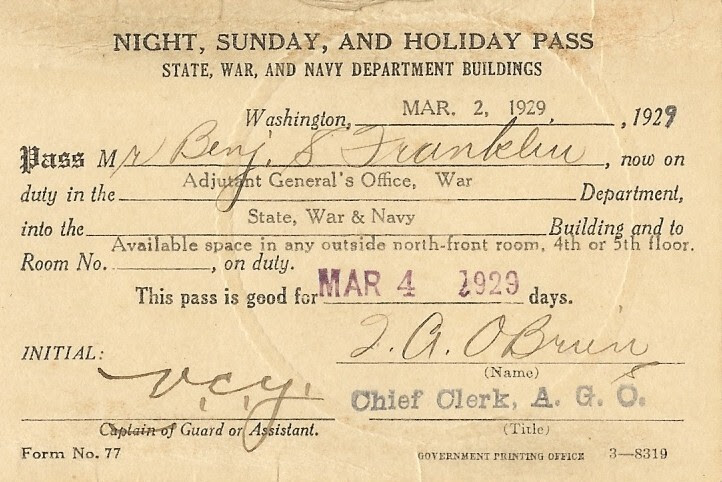
 ANCESTRY- AMERICANS ARE ONLY 1200 MILES FROM BEING ABLE TO VISIT THE EUROPEAN UNION
ANCESTRY- AMERICANS ARE ONLY 1200 MILES FROM BEING ABLE TO VISIT THE EUROPEAN UNION
Do you know where you can live in North America, enjoy all of the benefits of the Eurozone, and have European Union citizenship?
In this place before 1890, Mexican dubloons commonly circulated. In 1945, they started using currency that was common in Africa.
In 1903, the citizens toyed with the idea of joining the United States. During World War 1, 25% of their soldiers died fighting in Europe. During World War 2, a European army invaded them to prevent them from being part of the Third Reich. They now have one boat and two police stations to protect them. Their population peaked in 1999.
St. Pierre and Miquelon are off the southern coast of Newfoundland and are the last vestige of French Canada, as they are a French Overseas Country and Territory.
The residents are French citizens. The collectivity elects a deputy to the National Assembly and participates in senatorial and presidential elections.
It covers 242 km2 (93 sq mi) of land and had a population of 5,819 as of the January 2022 census. Its inhabitants have European Union citizenship. Ancestry.
The islands (pictured in exaggerated relief above) are in the Gulf of St. Lawrence near the entrance of Fortune Bay, which extends into the southwestern coast of Newfoundland, near the Grand Banks of Newfoundland. St. Pierre is 19 kilometers (10+1⁄2 nautical miles) from Point May on the Burin Peninsula of Newfoundland and 3,819 kilometers (2,062 nmi) from Brest, the nearest city in Metropolitan France. The tiny Canadian Green Island lies 10 kilometers (5+1⁄2 nmi) east of Saint Pierre, roughly halfway to Point May.
So, if you’d prefer not to fly, but want to visit France, you can drive from the Maine border to Sydney, Nova Scotia, then ferry to St. Johns, Newfoundland, and then ferry to St. Pierre and Miquelon (15 mins, but no vehicles), and tell others about your car trip to France.


ANCESTRY- MORE ON J. ADDISON SMITH
In the last edition, we spoke of J. Addison Smith Addison, the father of Tom Smith, Tom, and the brother of Joseph Sim Smith Joe.
Addison spoke of the “double standards by how they lived, as at one point the family-owned slaves Frederic Douglass and he was raised by a black nanny, of playing with black children, yet none of his friends were allowed into the house because they were black”. He always felt all people were equal to him. Addison fondly remembered working under a Chinese chef as a cook in a Yosemite campground. He had great respect for the Chinese and never spoke unkindly about anyone.
As of 1870, he was the Inspector of Liquor, Gaugers, and Oils at the Port of Baltimore. In 1875, the Petroleum Committee of the New York Produce Exchange appointed him the Inspector of Petroleum. These were typically tax collector positions.
As the newspaper article shows, Addison was also very involved in the dog show world.
In the next edition, we shall write about Addison’s time in San Francisco.
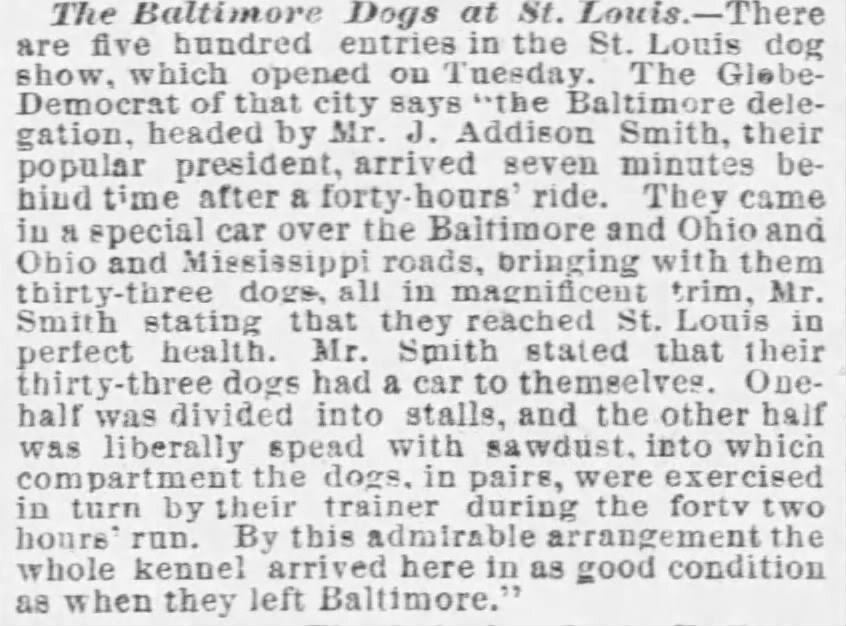
 ANCESTRY- MADAME SELIKA
ANCESTRY- MADAME SELIKA
Marie Selika Williams (1849 – 1937) was an American coloratura soprano. She was the first black artist to perform in the White House.
She was born Marie Smith in Natchez, Mississippi, around 1849. After she was born, her family moved to Cincinnati, where a wealthy family funded voice lessons for her. She moved to San Francisco in the 1870s and studied with Signora G. Bianchi. She then studied in Chicago with Antonio Farini, who taught the Italian method. There she met a fellow student, operatic baritone Sampson Williams, whom she would later marry.
In 1878, Williams became the first black artist to perform in the White House. On November 13, she sang for President Rutherford B. Hayes and First Lady Lucy Webb Hayes in the Green Room and was introduced by Marshall Fred Douglass. She also performed at Philadelphia’s Academy of Music in 1878 and New York’s Steinway Hall in 1879. From 1882 to 1885, she performed across Europe with her husband, giving a concert in St James’s Hall, London, for Queen Victoria in 1883.
From 1885 to 1891, Williams toured the United States with her husband, who took the stage name “Signor Velosko (the Hawaiian tenor)”. They toured Europe twice and performed at the 1893 World’s Columbian Exposition before settling in Cleveland, Ohio. Marie joined fellow black singers Flora Batson and Sissieretta Jones for a performance at Carnegie Hall in New York on October 12, 1896.

 ANCESTRY- PRESERVE YOUR FAMILY HISTORY, TODAY
ANCESTRY- PRESERVE YOUR FAMILY HISTORY, TODAY
Grandma was puffing on her pipe, wondering if her descendants would ever know of her and her life.
Reach out to Dancestors Genealogy. Our group of genealogists will research, discover, and preserve your family history. No one is getting any younger, and stories disappear from memory every year and eventually from our potential ability to find them.
Preserve your legacy and the heritage of your ancestors.
Paper gets thrown in the trash; books survive!
Ready to embark on your family history journey? Don’t hesitate. Call Dan Nelson and get your project started!
Visit our website for additional information.


 ANCESTRY- WILLIAM COOPER, DANIEL BOONE, AND SIR ALEX
ANCESTRY- WILLIAM COOPER, DANIEL BOONE, AND SIR ALEX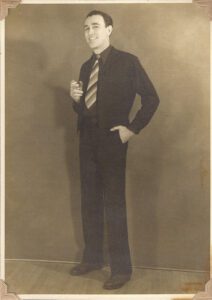 ANCESTRY- BOOMERS VS. SOONERS
ANCESTRY- BOOMERS VS. SOONERS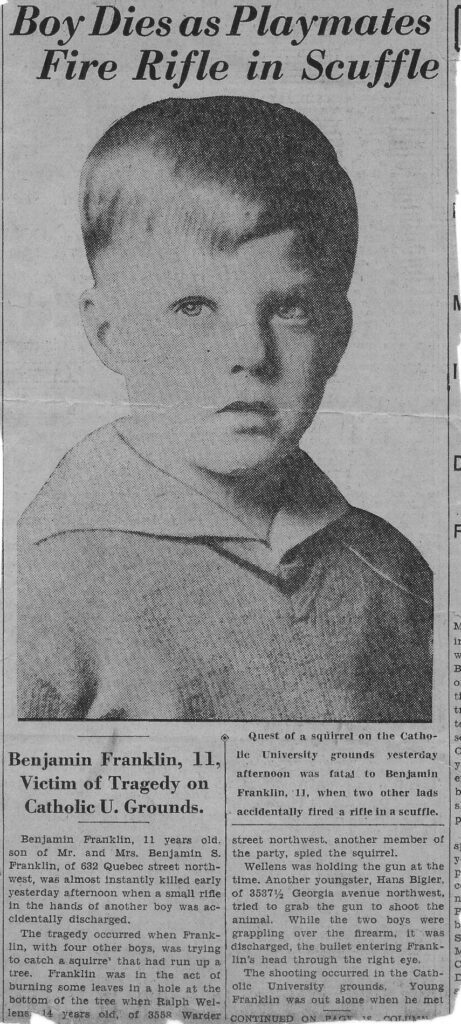 ANCESTRY- BOYS WILL BE BOYS
ANCESTRY- BOYS WILL BE BOYS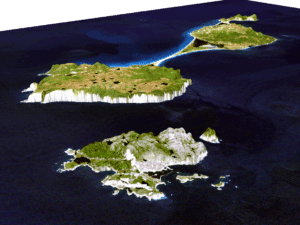 ANCESTRY- AMERICANS ARE ONLY 1200 MILES FROM BEING ABLE TO VISIT THE EUROPEAN UNION
ANCESTRY- AMERICANS ARE ONLY 1200 MILES FROM BEING ABLE TO VISIT THE EUROPEAN UNION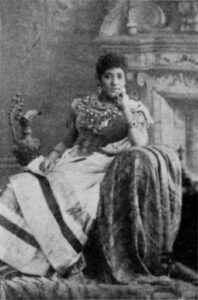 ANCESTRY- MADAME SELIKA
ANCESTRY- MADAME SELIKA ANCESTRY- PRESERVE YOUR FAMILY HISTORY, TODAY
ANCESTRY- PRESERVE YOUR FAMILY HISTORY, TODAY